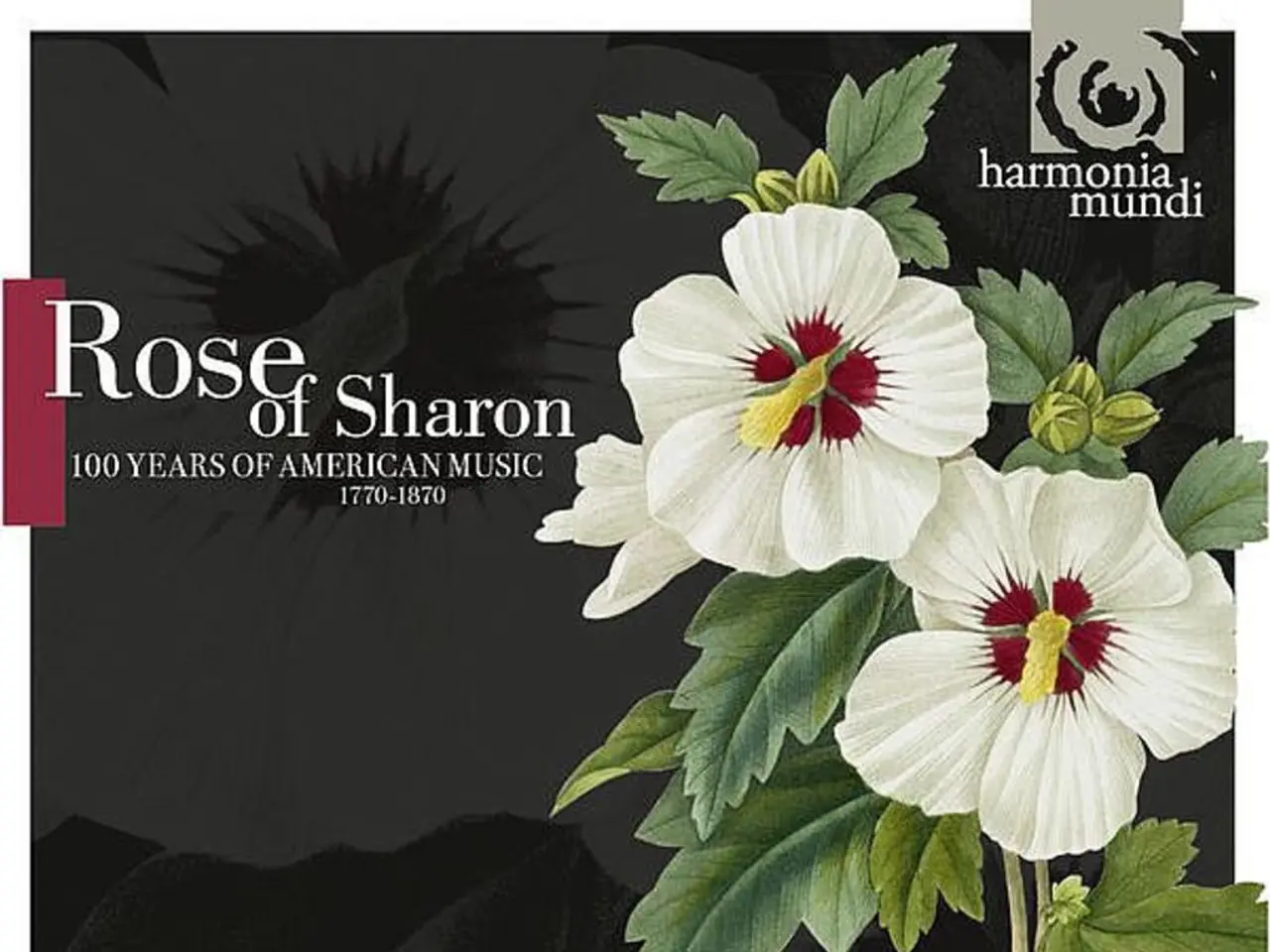Harmony: Hue, Gravity, and Angle
Mitsuko Osuga, the owner and chief designer of Mitsuko Floral, a premier wedding/event floral design studio and school in Torrance, California, will be leading a virtual workshop on Japanese flower arrangement.
In this workshop, participants will learn to create their own unique arrangement inspired by spring, using simple materials that can be found in any household. The requirements include a shallow plate or cereal bowl, scissors, cellophane tape, two types of flowers, greenery, simple branches and twigs, and a Japanese-style ceramic vessel (such as a tea bowl or ramen bowl).
The workshop will introduce basic concepts such as considering color, balance, perceived weight, and directional flow between elements. Asymmetry is an important component within Japanese-inspired arrangements, so participants are encouraged to choose two types of seemingly opposing flowers.
The arrangement process begins with creating a grid using cellophane tape on the vessel. In Step 4, participants insert Flower 1 (roses) into the squares of the grid, with the bloom facing up to represent the part of the plant growing towards the sun. In Step 5, participants insert Flower 2 (tulips) at an angle, letting them naturally fall towards the working table, face down. Greenery stems should be inserted into the squares of the grid created by the tape.
A pro tip for making the tulips last even longer is to make a thin, 1⁄4" vertical slit in the neck of the tulip. Water should be added to the dish, and a copper penny can be added to the water to prevent bacterial growth and extend the life of the flowers.
In Step 6, participants rearrange the flowers to ensure they flow downwards, complementing the roses facing up towards the sun. Loose branches from the yard can be added in Step 7 to add branches, twigs, foliage, moss, etc. to the arrangement.
The arrangement is thought to be complementary and in perfect balance with the contrast of the roses facing up towards the sun, and the tulips growing towards the earth. Participants can observe the subtle changes in their arrangement as the flowers continue to bloom and transform the next morning.
For those interested in Japanese flower arranging, this workshop offers a practical and accessible approach, focusing on simplicity, asymmetry, and natural balance, which are key principles of Japanese flower arranging. By using common household materials and following Mitsuko Osuga’s teaching style, participants can create their own beautiful and harmonious arrangements.
Mitsuko Osuga has over 25 years of professional experience in Tokyo, New York City, and Los Angeles. She received a degree in floral design and certification as a professional floral instructor from Parsons The New School for Design in New York. For more detailed instructions, direct sources from Mitsuko Osuga’s workshops or publications would be ideal.
- Mitsuko Osuga, an expert in floral design, will lead a virtual workshop on Japanese flower arrangement, where participants can learn to create their own unique arrangement inspired by spring using simple household materials.
- In the workshop, participants will be taught basic concepts such as considering color, balance, perceived weight, and directional flow between elements, including the importance of asymmetry in Japanese-inspired arrangements.
- To create the arrangement, participants will begin by making a grid using cellophane tape on the vessel and inserting particular flowers such as roses and tulips into designated squares, with the roses facing up towards the sun.
- A pro tip given to make the tulips last longer is to make a thin, 1⁄4" vertical slit in the neck of the tulip and add water to the dish, along with a copper penny to prevent bacterial growth and extend the life of the flowers.
- By using common household materials and following Mitsuko Osuga’s teaching style, participants can create their own beautiful and harmonious arrangements, reflecting the key principles of Japanese flower arranging, which emphasize simplicity, asymmetry, and natural balance.




